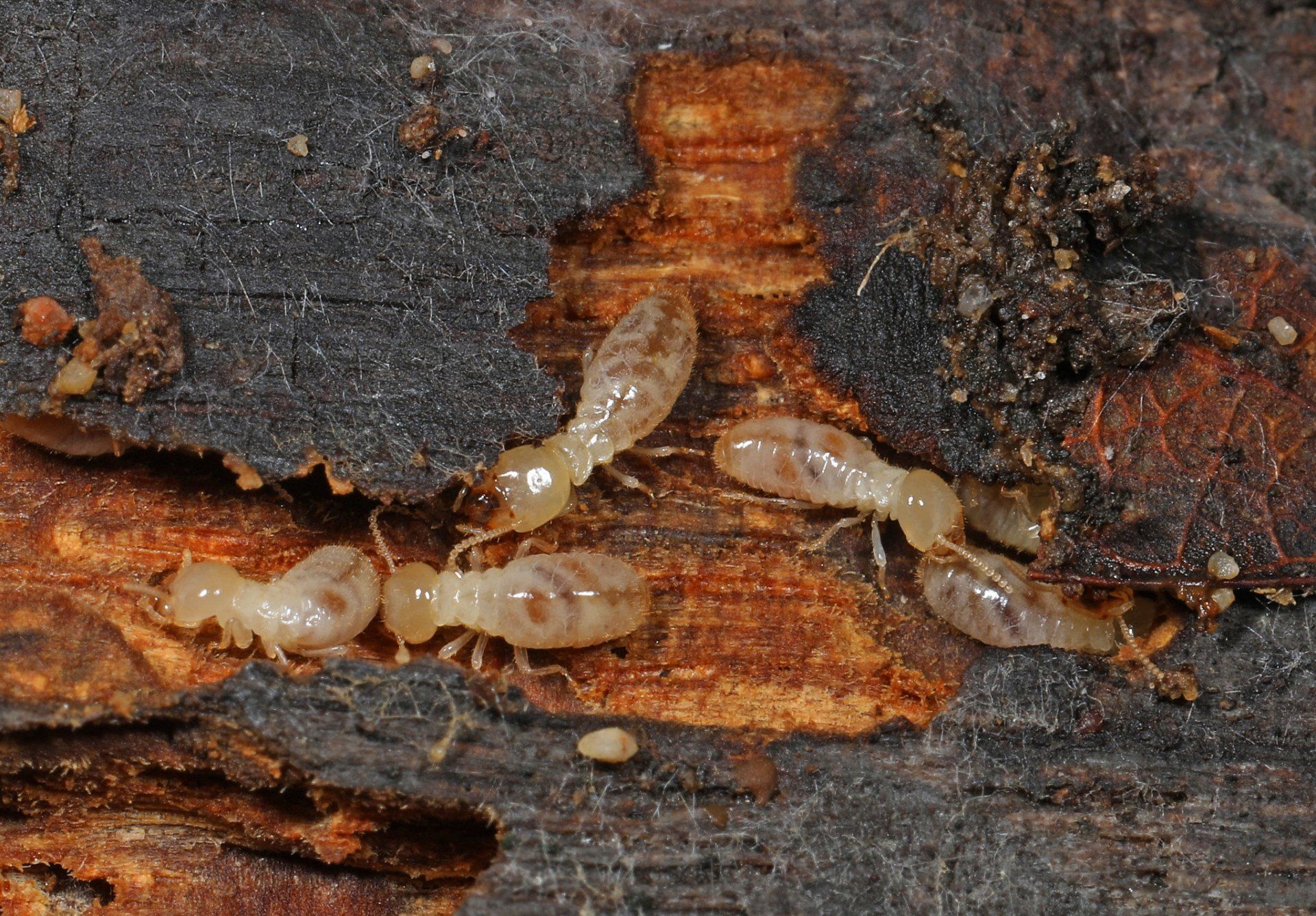Table Of Content

Seemingly minor paint issues (bubbling, blistering or flaking for example) may also be a sign of underlying wood rot—though these may be caused by several other issues, too. Before wood crumbles from termites’ inner handiwork, the network of tunnels they create and the way they rearrange wood particles can cause it to swell. If this wood is part of a structure that opens and closes (like a window), the warping can make it hard to move—especially if it’s been a while since it was last used.
How to Get Rid of Termites Safely and Effectively
Termites feed on wood, causing damage to the structural integrity of homes. When inspecting wooden structures for termites, listen closely for hollow sounds, blistered or cracked paint, or small holes or tunnels. When checking for termites, you might find something called mud tubes. Termites use them like roads to move between their homes and where they find food.

How to Identify Drywood Termites
Fortunately, there are plenty of termite control methods to choose from. Homeowners can use DIY methods to control small infestations and prevent future ones, but in most cases, hiring an exterminator is the best bet. Identifying the type of termite has taken up residence in your home will help you or professionals determine the course of treatment you should take. In general, termites are sometimes mistaken for ants, but Webb says there are some key distinctions.
Will termite tenting kill termite eggs?

Termite prevention costs are lower than the cost of extermination and can save homeowners a major headache down the road. Professional termite control specialists can also provide additional suggestions for how to prevent termites. Drywood termites often enter our homes on antique furniture or fixtures.
STEP 5: Make a DIY trap with wet cardboard.
Subterranean termites can be eradicated through a variety of methods. The best termite treatments and termite baits are professional-level products that set up a perimeter around a home. When a termite eats treated materials and returns to its colony, the termite will die and spread the poison to other termites. It’s important to note that professional-grade pesticides may be difficult to come by and risky to use without experience. “Professionals go through a lot of training to use these products, and misapplications can be dangerous,” says Dupuy.
Watch New Orleans termites destroy this tiny house from the inside out - NOLA.com
Watch New Orleans termites destroy this tiny house from the inside out.
Posted: Fri, 15 Jun 2018 07:00:00 GMT [source]
The good news is you usually do not have to rush to treat drywood termites. Drywood termite colonies are rather small (a few dozen to a few thousand individuals), and colonies develop relatively slowly. They cause damage to your structure much slower than other termites. That is not to suggest they should be ignored indefinitely, but to remedy most drywood termite situations, you have time to properly research your options.
From there, we compile the information we’ve gathered and compare each company using our in-depth pest control methodology and review criteria. This process uses a series of factors that are important to our readers, and we score each company depending on how well they perform in each factor. Our pest control research process starts with analyzing customer reviews on third-party websites such as the Better Business Bureau (BBB), Trustpilot, and Google Reviews. We then do a deep dive into each company’s website, service plans, and available cost information.
STEP 7: Hire a professional if you need help or if the infestation is too large to handle with DIY methods.
According to averages from around the web, you can expect termite tenting to cost between $1,000 and $2,500. There may be a few termites left from the colony as long as one week after the fumigation, but they won’t survive much longer than that due to the poisonous gas. According to a study published in Science, termites actually eat deadwood faster in warmer temperatures.
Termite Tenting FAQ
As the risk of damage and treatments are different between subterranean and drywood termites, to avoid confusion, this article will focus on how to get rid of drywood termites. Drywood termites are important pests of structures throughout the country. The more destructive drywood termite species are restricted to certain warmer southern states and humid coastal areas. The initial instinct of many people when faced with unfamiliar flying insect, is to assume the worst and work yourself into believing your house is about to fall down.
Your local extension office or a Pest Management Professional can help you to identify whether you are dealing with subterranean or drywood termites. Quick and effective treatment is crucial when termites attack, and you’ll want to know the signs of a termite infestation to spot any issues before the damage begins. Fumigation is a vital tool for controlling drywood termites, but it must be performed by trained and licensed professionals. Reputable fumigation companies, holding the appropriate licenses, insurance, and instruments, can and do safely perform fumigations. When proper aeration steps and safety protocols are vigorously followed, there is minimal risk to homeowners. Because drywood termite damage occurs slowly, there should be no need to rush into a fumigation, which is best scheduled for holidays or during summer vacation.
Termites chewing into dry wood usually leave a thin veneer, which may appear blistered or dark and breaks through easily when pressed. “There are some things home improvement stores sell that homeowners can try on their own, but a typical homeowner can’t get the product underneath a concrete slab like a professional can," Shaw says. Prices and availability of products and services are subject to change without notice. Errors will be corrected where discovered, and Lowe's reserves the right to revoke any stated offer and to correct any errors, inaccuracies or omissions including after an order has been submitted.

No comments:
Post a Comment